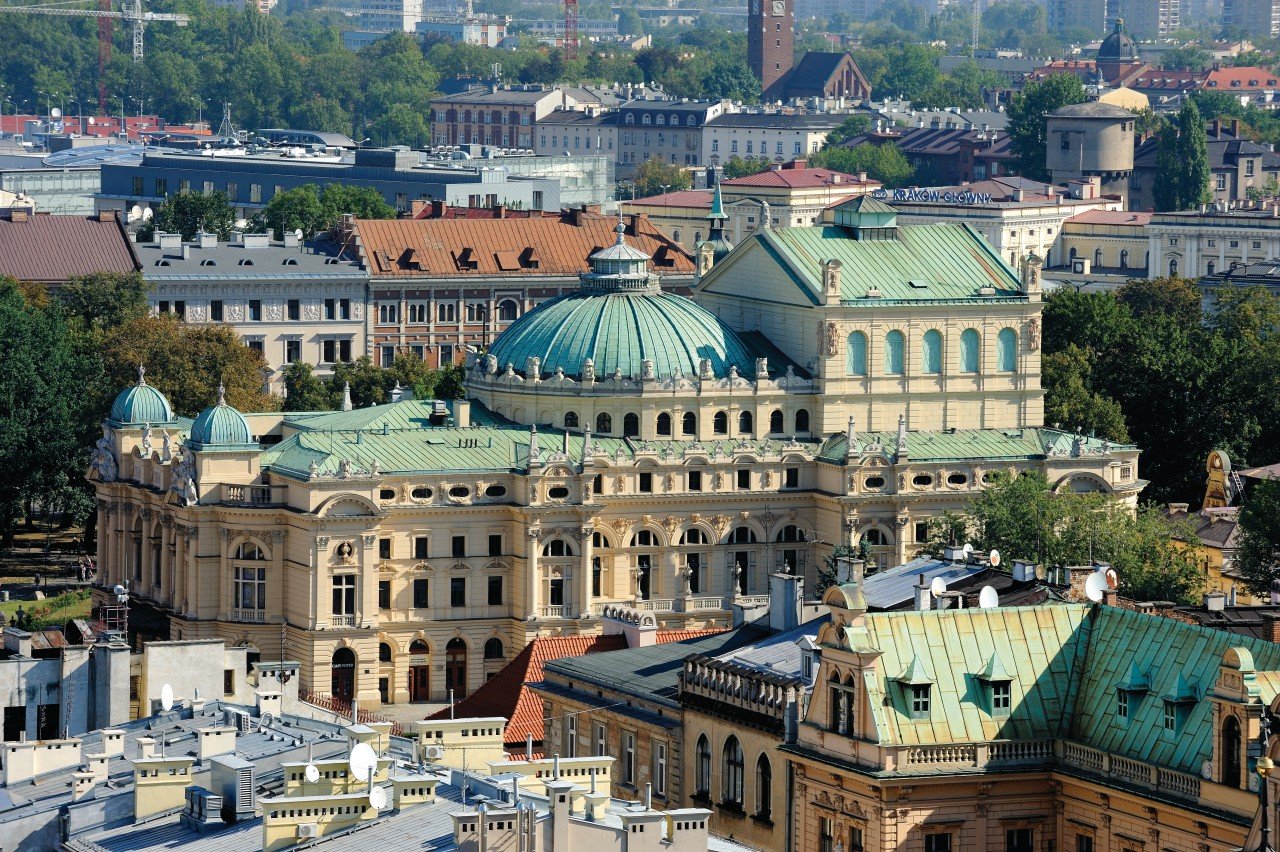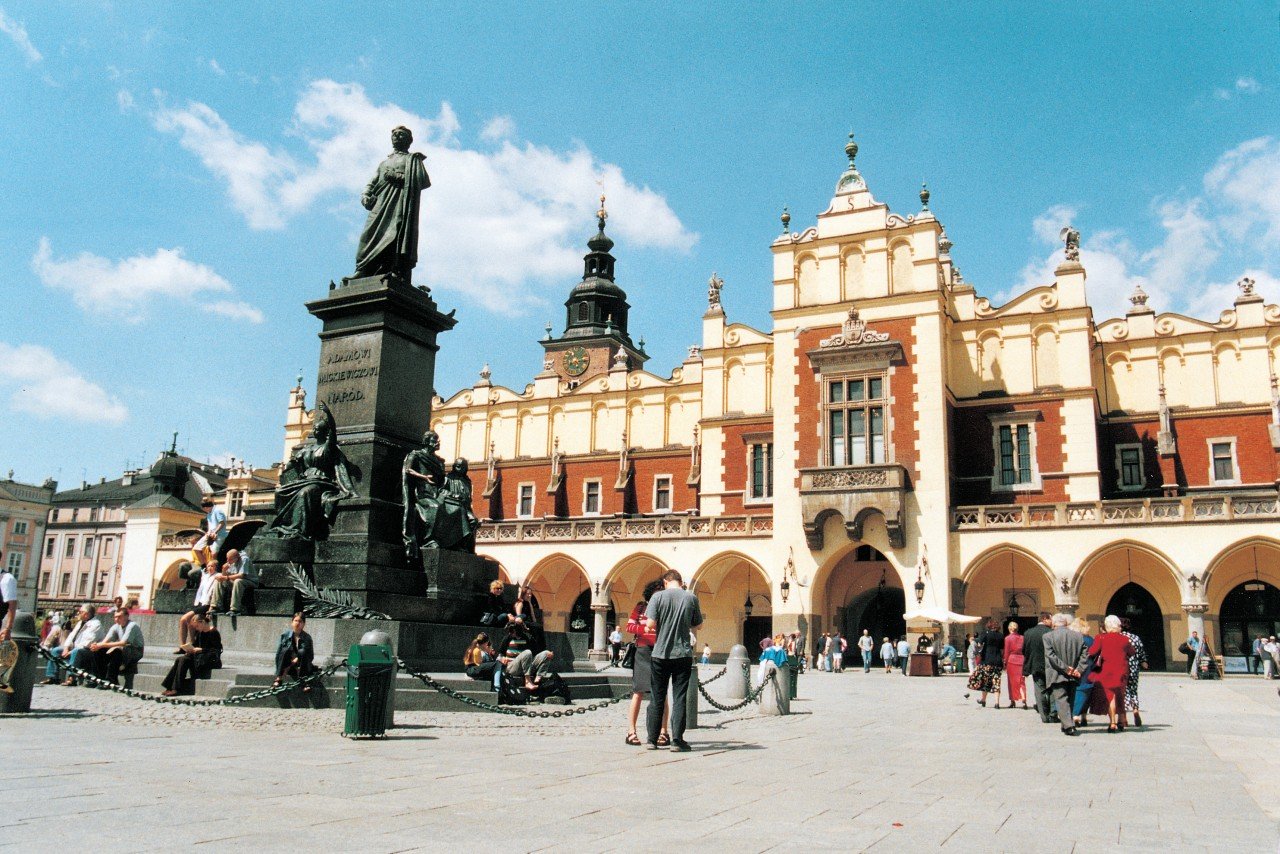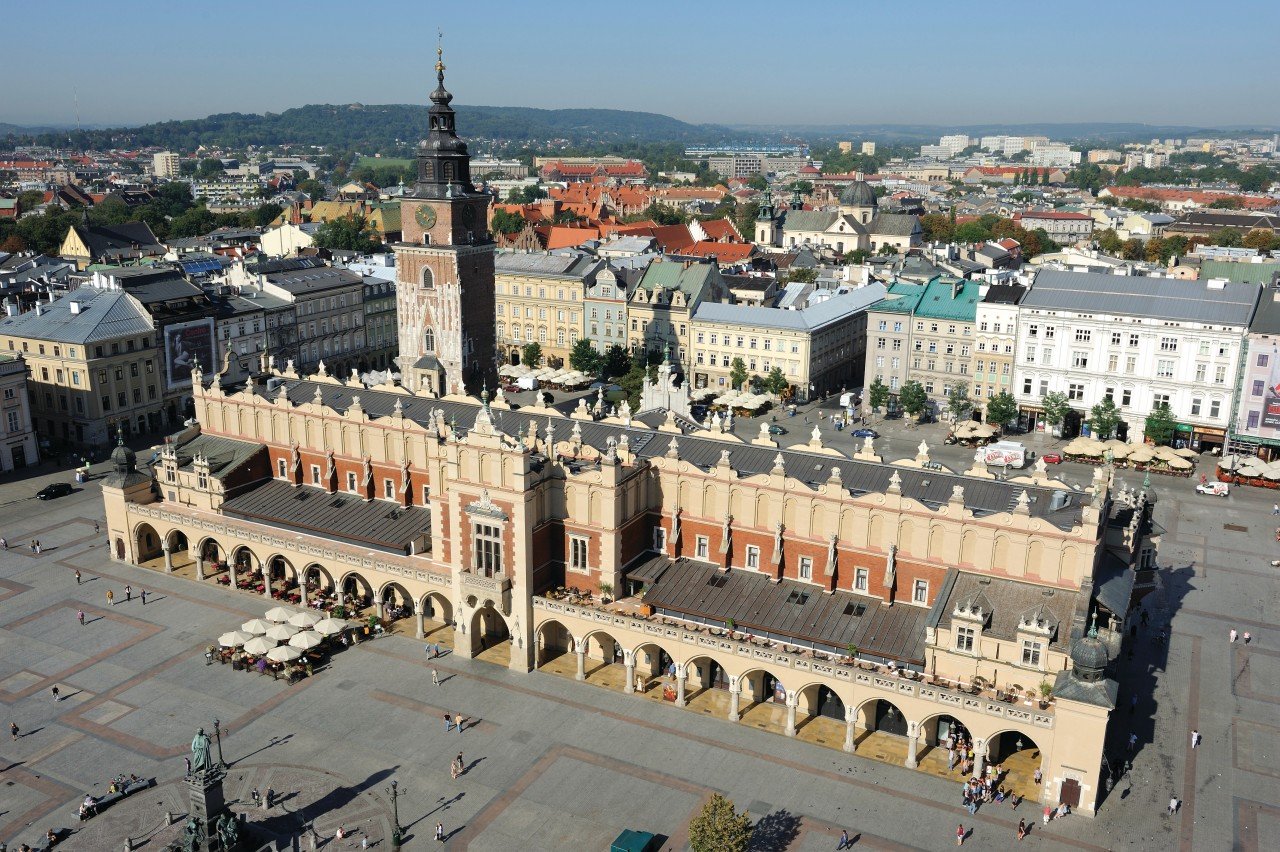Historically, the history of the city is linked to that of the Jewish people. Walking through its tracks will lead you to different quarters and will allow you to discover another, tragically tragic facet of the ancient Polish capital.
Day 1: The Jews of Krakow
Day 2: Podgorze district and Schindler factory
Day 3: A necessary visit, Auschwitz-Birkenau
 ©Patrice ALCARAS
©Patrice ALCARAS
Morning: it all starts in the old town, near Jagiellonian University. This is where the very first Jews lived, before they were driven out. After a detour to Szczepanski Square, where many Jews still lived in the Middle Ages, and then to the Grand Place, a quarter of which was reserved for Jewish merchants, towards Kazimierz. On Szeroka Street are the old synagogue and the Remu synagogue, named after a famous rabbi who officiated there. Both are open to visitors, and provide an opportunity to learn more about the history of Krakow's Jews and their tragic destiny. Lunch: many restaurants, including Ariel, Rubinstein and Hamsa, offer quality Jewish cuisine. Afternoon: walk through the charming narrow streets of Ciemna or Kupa. Nowy Square and its central rotunda are about a hundred metres as the crow flies. There is a fresh produce market on weekdays and a flea market on weekends. Have a coffee in Singer, named after the Jewish founder of the famous sewing machines. Dinner: choose one of the restaurants already mentioned, or the Dawno Temu Na Kazimierzu with its unique atmosphere. Hopefully, you'll even get a little concert of klezmer music.
 ©Stéphan SZEREMETA
©Stéphan SZEREMETA
Morning: direction Podgorze district, south of the Vistula, where about 15,000 Jews were transferred from Krakow in 1941. The visit is poignant, so much the unthinkable has happened here, on these cobblestones now full of blood. We can see the facades of the Jewish hospital and orphanage on Jozefinska Street. You can also walk around the heroes' square and visit the . pharmacie de l'aigleIt was held by a Pole who remained voluntarily in the heart of the ghetto. Lunch: at ZaKladka, in a Parisian bistro setting, with renowned French cuisine. And have a little black one right next door, at Rekawka, a lovely pocket coffee, where coffee is roasted the old-fashioned way. Afternoon: the visit to Jewish Krakow continues with the Oskar Schindler factory, transformed into an exciting museum on the history of the city under Nazi occupation. Dinner: at the Industrial restaurant & bar, just next to the factory, to recover from your emotions. Modern decoration, all with bay windows, open kitchen and art gallery. The humanity found again.
 ©Patrice ALCARAS
©Patrice ALCARAS
Morning: Only 70 km from Krakow, the Nazis built a concentration and extermination camp in 1940. In the eyes of the world, Auschwitz-Birkenau is the symbol of the Holocaust, genocide and terror. It is now possible to visit this camp, from which only a few thousand people came out alive. More than a sightseeing tour, a visit to Auschwitz is a duty to remember. Lunch: if the story of the unspeakable has not cut off your appetite, head for the restaurants of the city of Oswiecim, especially the Portobello, located in a beautiful residence with a terrace. Afternoon: Before becoming the symbol of the Holocaust, Oswiecim was a peaceful Polish city where the majority of the inhabitants were Jews. The visit to the Auschwitz Jewish Center reflects the life of the city's former Jewish community before 1939.




Each Travel Idea is customizable according to your wishes

